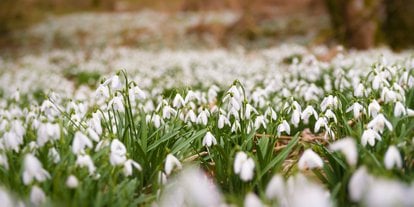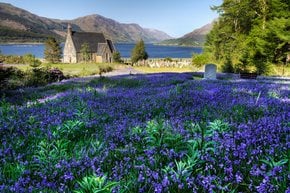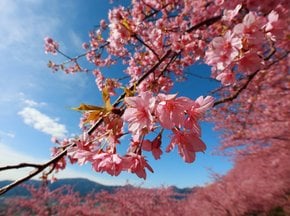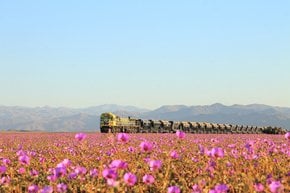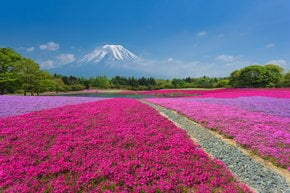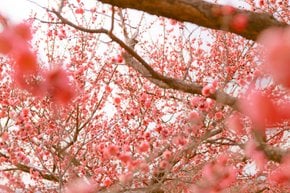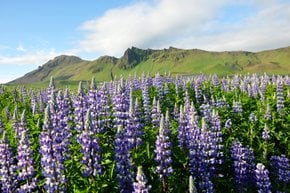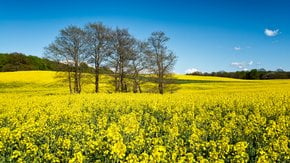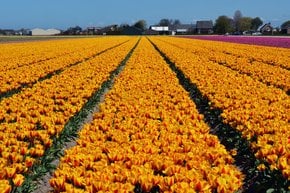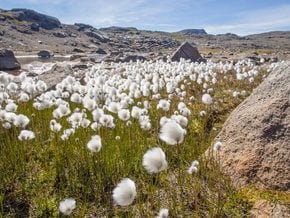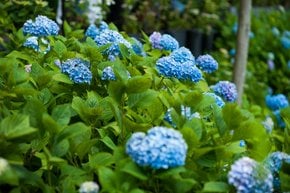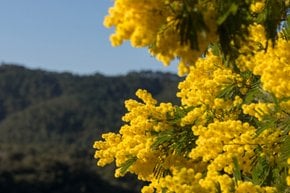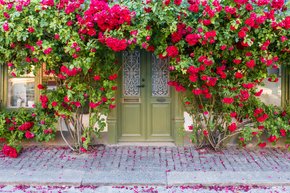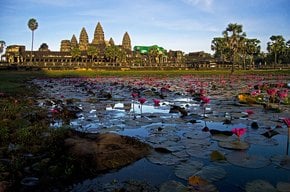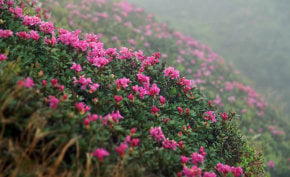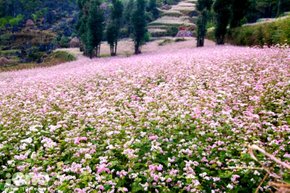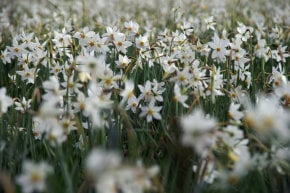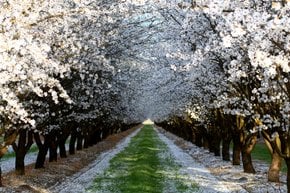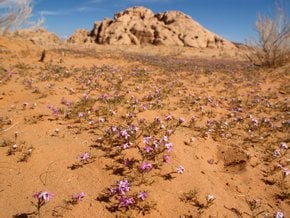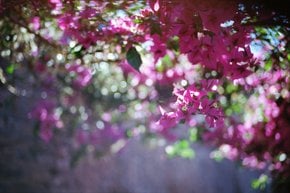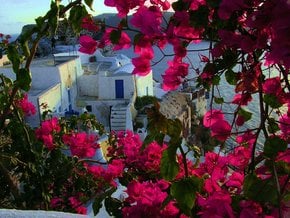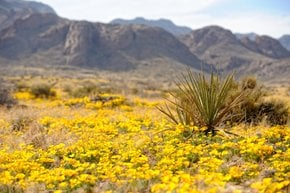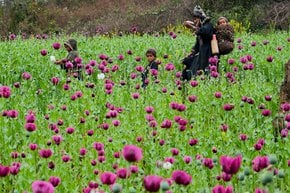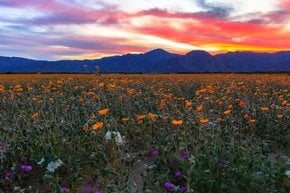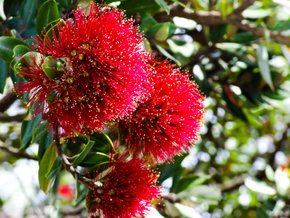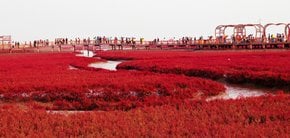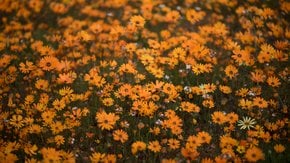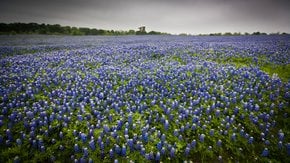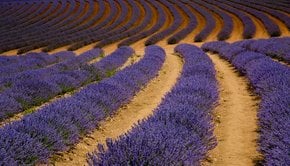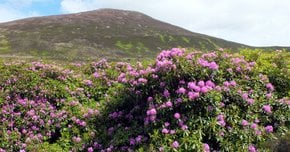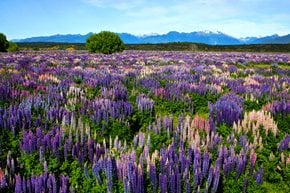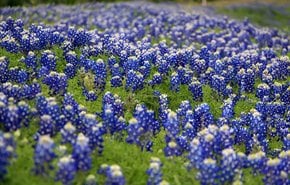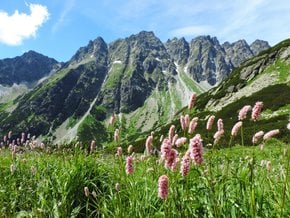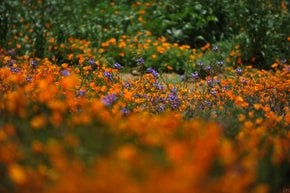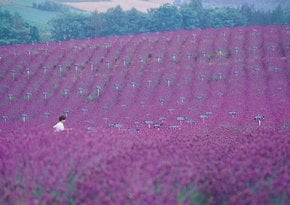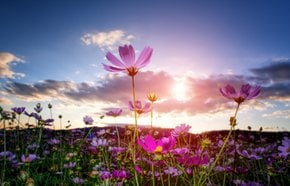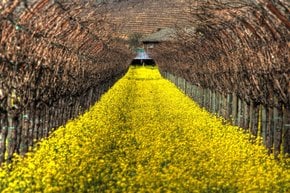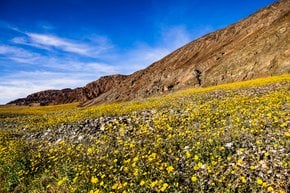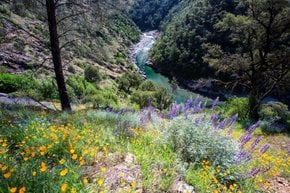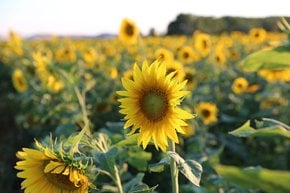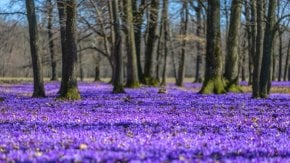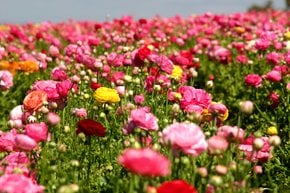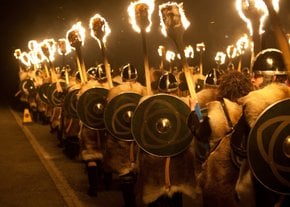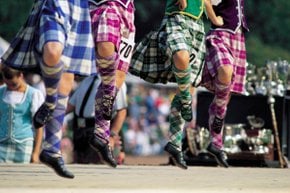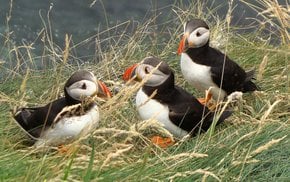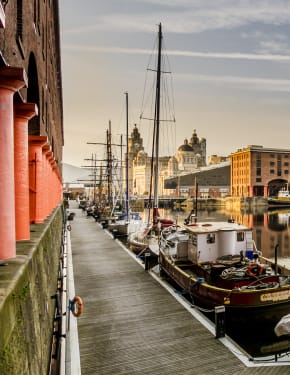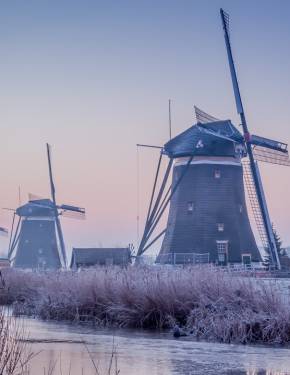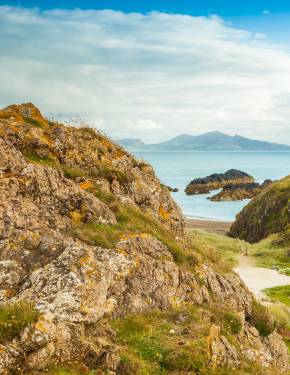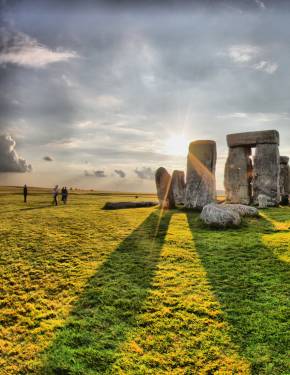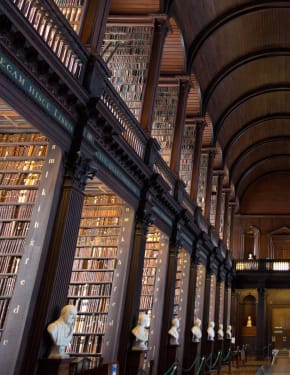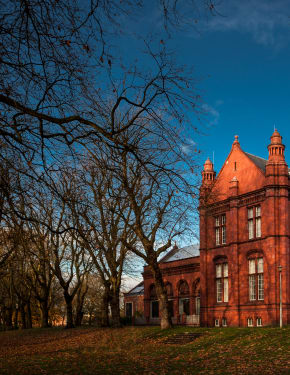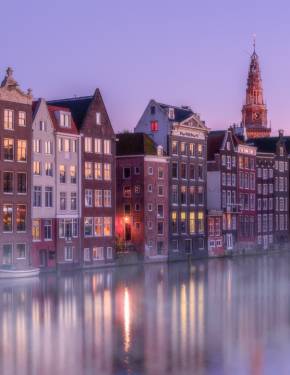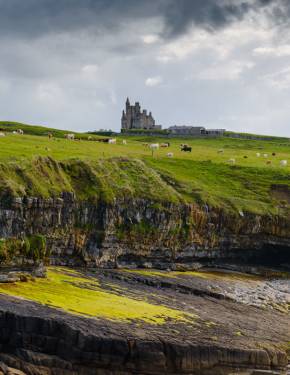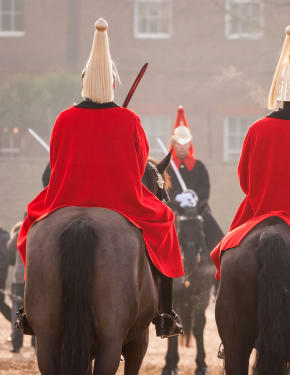Snowdrops in Scotland 2026
Delicate snowdrops rising up from the snow are able to console and inspire even the saddest souls
Best time: February–mid-March
No matter how much you adore winter and snow, by February, most people start to miss spring; growth and green—and delicate tiny snowdrops are the greatest consolation of the season. These delicate flowers are a beautiful reminder that brighter days are just around the corner.
Snowdrop Season in Scotland
The first white jewels rise right from snow already in late January and February and signify the near arrival of spring. In mid-March, they give way to daffodils and other seasonal flowers, but no other plant can evoke such great joy as the charming little snowdrops. These delicate white flowers, like little ballerinas, stand out beautifully against the dark earth just waking up from winter.
Where to Find Snowdrops in Scotland
The best places to observe the predictors of spring are Abriachan Garden Nursery, River Tweed, Cambo Gardens, Royal Edinburgh's Botanic Garden, and the woodlands surrounding Duntreath Castle. The majority of the listed snowdrop hotspots are open to the public during the annual Snowdrop Festival.
Abriachan Garden Nursery
Situated on the shores of Loch Ness, Abriachan Garden Nursery welcomes visitors to witness seasonal plants and even find some greenery for their own garden. The plant nursery is open every day from February through November. Opening hours are from 9 am until 7 pm. The establishment also hosts several markets throughout the month where you can purchase various plant goodies from a myriad of vendors.
Cambo Gardens
A beautiful walled garden boasts seasonal snowdrop fields, which attract hundreds of visitors during the bloom season. Besides the usual white snowdrops that you could see on the river banks, you have a chance to spot a variety of snowdrop species. From purple and lilac flowers to unique shapes you've never seen, Cambo Gardens is a perfect place to enjoy these spring beauties.
A ticket is required to enter the gardens. Tickets cost around £7.70-8.50. Children under 16 can enter for free. The gardens are open from 10 am until 4 pm. Additionally, you also have a chance to visit an annual Snowdrop Festival, which runs from late January through mid-March.
Symbolism of Snowdrops
Snowdrops hold a special place in Scottish culture, symbolizing hope and renewal after the long winter months. Often seen as a sign of new beginnings and a bringer of good luck, these delicate flowers are deeply tied to traditional celebrations. In Scotland, snowdrops are associated with Candlemas, the festival of light marking winter’s midpoint, and Imbolc, the Gaelic festival celebrating the arrival of spring. Their appearance represents the joyful promise of spring and remains an integral part of Scotland’s cultural and seasonal traditions.

